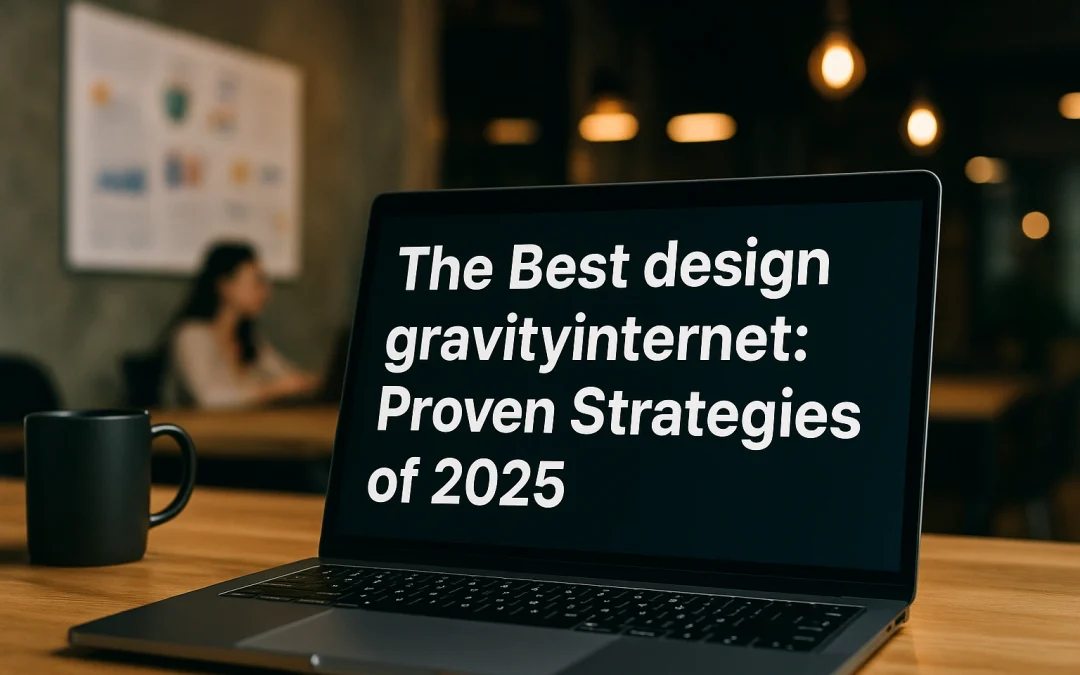1. Introduction to design gravityinternet: Building Engaging Digital Experiences
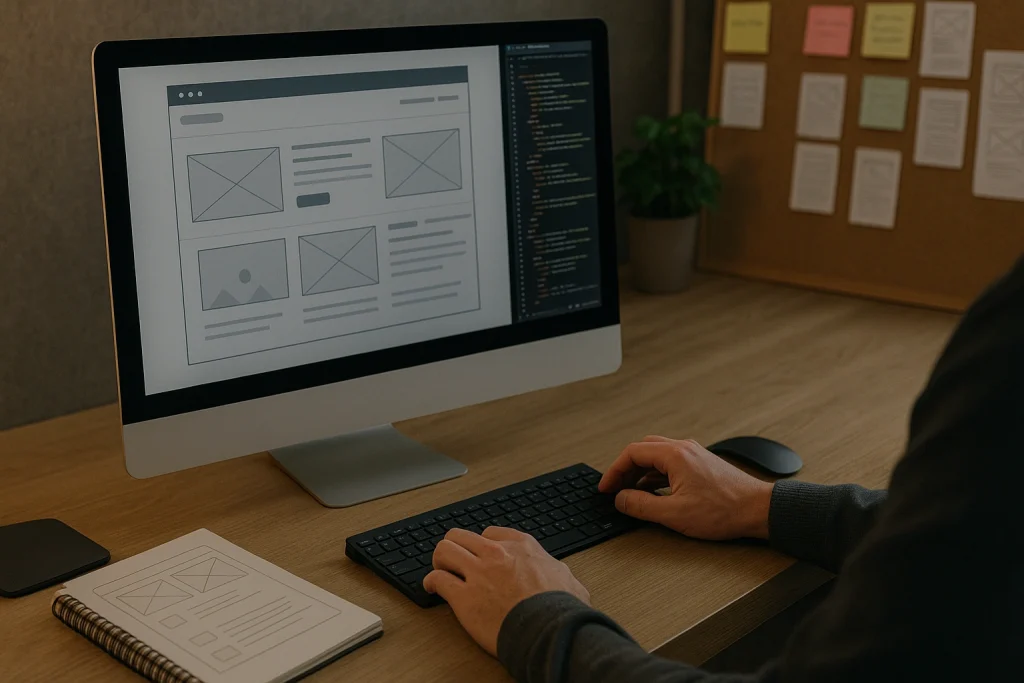
Designing for the design gravityinternet platform is far more than arranging visuals or adjusting typography—it’s about shaping how audiences experience content in a digital ecosystem that values both function and beauty. The term design gravityinternet represents a holistic approach to crafting meaningful digital interactions that resonate with users while maintaining consistency across the platform.
In today’s competitive online environment, where attention spans are shrinking and user expectations continue to rise, effective design gravityinternett has become a strategic asset. Every colour choice, layout structure, and visual cue contributes to how readers perceive information, trust the brand, and engage with its message. By merging design intelligence with content strategy, creators can transform static web pages into immersive experiences that inform, inspire, and convert.
The design gravityinternet ecosystem encourages contributors, designers, and developers to think beyond aesthetics. It’s an environment where user experience (UX), visual storytelling, and brand alignment converge to create seamless communication across devices. Whether you’re enhancing an article layout, implementing design tokens for scalability, or refining navigation for accessibility, each design decision plays a vital role in maintaining the platform’s professional integrity.
This guide provides comprehensive insights into mastering design gravityinternet— from understanding the fundamentals of intuitive design and scalable design systems to leveraging branding, accessibility, and modern UI patterns for lasting impact. It’s built for both emerging designers eager to refine their digital craft and experienced professionals aiming to align their work with the Gravity Internet design ethos.
As you explore the upcoming sections, you’ll uncover proven principles, platform-specific best practices, and actionable strategies to elevate your design contributions. Each concept is rooted in semantic SEO and user-centered design gravityinternet, ensuring that your work not only looks exceptional but also ranks effectively and performs consistently across the design gravityinternet framework.
2. Understanding the Gravity Internet Platform Ecosystem
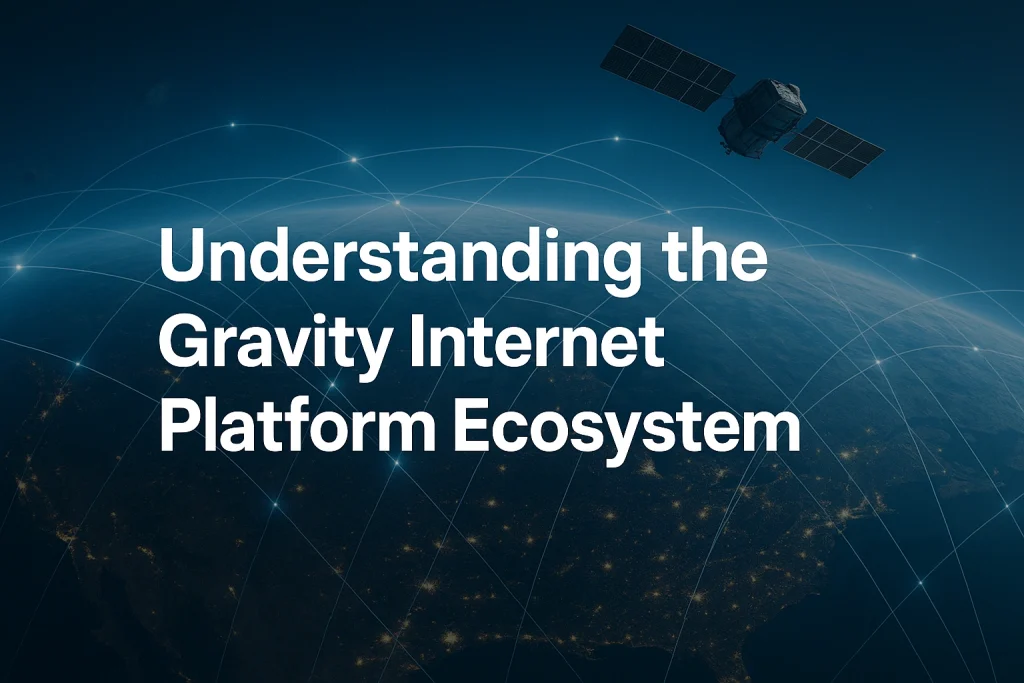
2.1 What is design gravityinternet.net?
design gravityinternet is a content platform that offers writers, designers, and technologists a space to publish articles across domains such as internet technology, web hosting solutions and design. On its Design section, for example, you’ll find articles like Intuitive Design: Transform User Experience and Boost Brand Loyalty Today. It also features posts about design systems, constraints, and more.
2.2 Contributor design mindset: what you should know
When designing content for design gravityinternet, keep in mind:
-
Platform constraints: you work within their template/UX, so your design should respect the core layout and style of the platform.
-
Audience expectations: readers expect clarity, authority and usability.
-
Search and readability: good design helps search engines interpret your content (structured headings, alt text, etc.).
-
Scalability & reuse: your design choices may affect how future content is handled (e.g., modular components).
Adopting the right mindset — thinking like both designer and contributor — allows you to transform your article into more than just text: you make it a polished, engaging piece in the Gravity Internet design environment.
3. UX & Accessibility: The Foundation of Intuitive Design
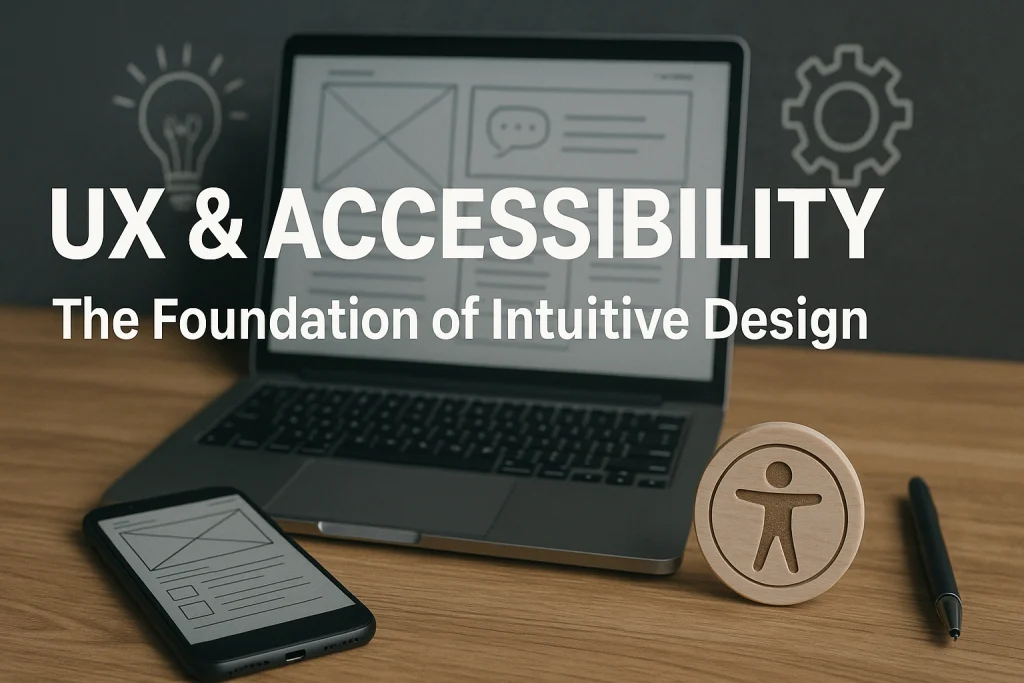
3.1 Key principles of intuitive design
At the heart of design gravityinternet efforts lies intuitive design. According to an article on the site: Intuitive design involves creating interfaces that feel familiar and effortless for users. Some guiding principles:
-
Simplicity & clarity: remove distractions, highlight main actions.
-
Consistency & familiarity: repeating patterns help users navigate easily.
-
Feedback & responsiveness: let users know their actions succeeded.
-
Accessibility: ensure your design supports users of varying skill levels and abilities.
Apply these principles when you format your article: clean headings, clear transitions, responsive behaviour, and so on.
3.2 Mobile-first, responsive and inclusive design
With increasing mobile traffic, a mobile-first mindset is indispensable. Ensure your article:
-
Uses readable font sizes on mobile.
-
Has responsive images that scale.
-
Avoids huge blocks of text without breaks.
-
Supports screen readers (alt text, correct heading structure).
By aligning with mobile-first and inclusive design, you enhance both user experience and SEO performance.
4. Design Systems & Architecture in the Gravity Internet Context

4.1 Design tokens and headless CMS explained
One of the advanced themes found on design gravityinternet is the use of design tokens in combination with a headless CMS. Design tokens are the smallest visual units colors, fonts, spacing that can be machine-read and applied across platforms. When paired with a headless CMS where content and presentation are decoupled), you can maintain consistent styling across articles, mobile apps, and future channels.
Key takeaways:
-
Treat your article design like a component in a larger system.
-
Use reusable patterns heading styles, spacing, image layouts.
-
Ensure your content follows a design system mindset even if you only write.
4.2 Modular UI components and content strategy
Design systems emphasize modularity: cards, banners, grids, etc. For Gravity Internet articles:
-
Use sectional breaks with clear H2/H3 hierarchy.
-
Embed visuals with consistent formatting.
-
Use bullet points or tables where appropriate as we’re doing here — this enhances readability and reuse.
-
Think of your article as a component that will live within the platform, fit with its style, and align with future iteration.
5. Branding & Visual Consistency for Content Contributors
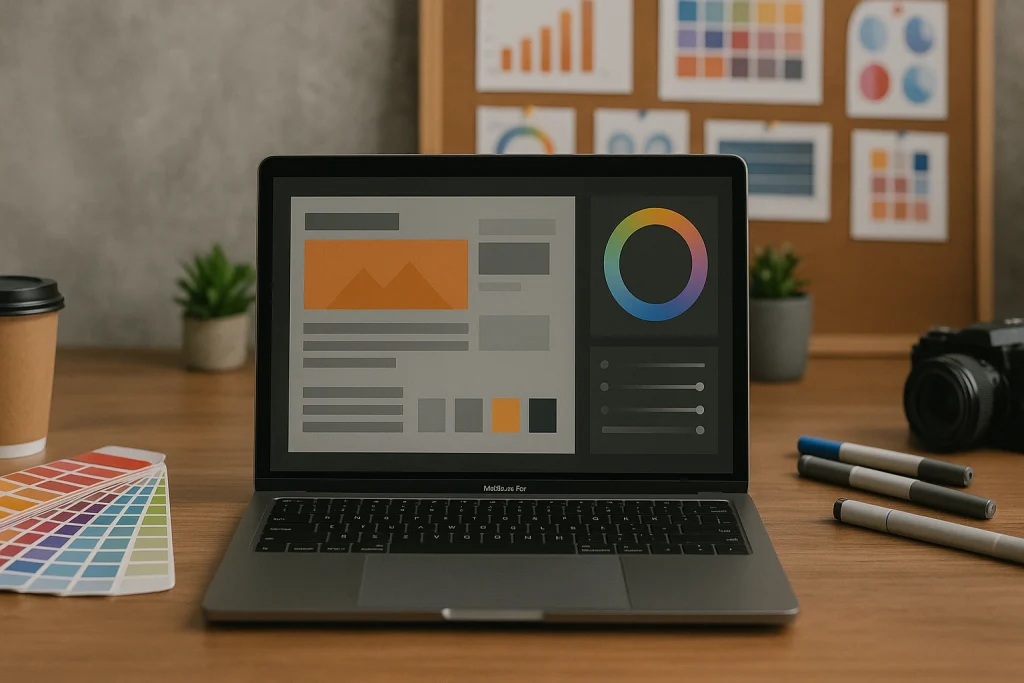
5.1 Maintaining brand identity across articles
Even as an individual contributor, you can treat your content like part of a brand. That means:
-
Use consistent voice and style.
-
Use consistent image filters or shapes.
-
Align your visuals with the platform’s broader brand if visible Gravity Internet uses a professional tech-look.
-
Maintain colour harmony and typography that’s legible.
5.2 Visual guidelines: typography, colour, imagery
Here are quick guidelines:
-
Typography: Use a readable sans-serif on screen; headings should be clearly differentiated.
-
Colour: Contrast for readability; avoid neon or excessively bright backgrounds.
-
Imagery: Use images that support your message, not distract. Add alt text for SEO and accessibility.
-
Spacing: Enough margins and padding gives breathing room; helps both design and readability.
By following these visual guidelines, your contributions will appear polished and platform-appropriate.
6. Working Within Constraints: Innovation Through Limits
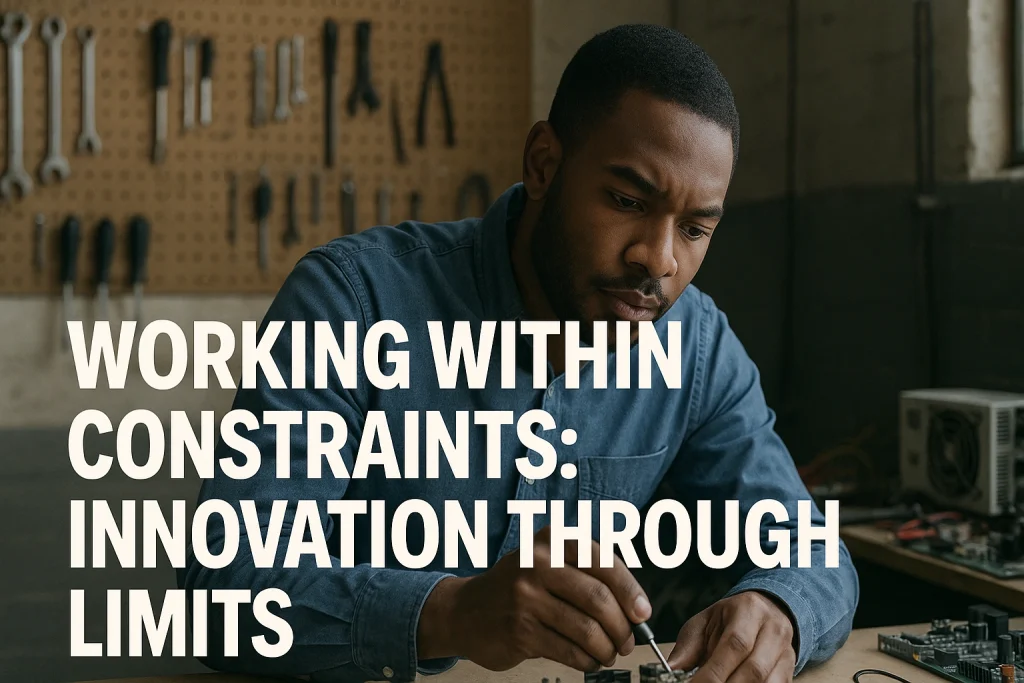
6.1 Types of design constraints on platforms
Design constraints are often portrayed as limiting — but they can drive creativity. According to the Design Constraints article: They challenge designers to think outside the box — or rather, inside the box, since that’s where the magic happens. Some typical constraints:
-
Platform template restrictions.
-
Brand style guides.
-
Contributor workflow (time, editing, image sizes).
-
Device/browser compatibility.
6.2 Turning constraints into creative assets
Instead of seeing constraints as a burden, treat them as creative prompts:
-
If image size is limited, choose a bold hero image + minimalist layout.
-
If style is fixed, use storytelling, micro-interactions or typographic hierarchy to stand out.
-
If editing time is limited, focus on clarity and readability rather than over-design.
Embracing constraints often yields better, more focused design work. So when designing for Gravity Internet, view the parameters as your creative framework.
7. Practical Tips: Designing an Article/Content Piece on Gravity Internet
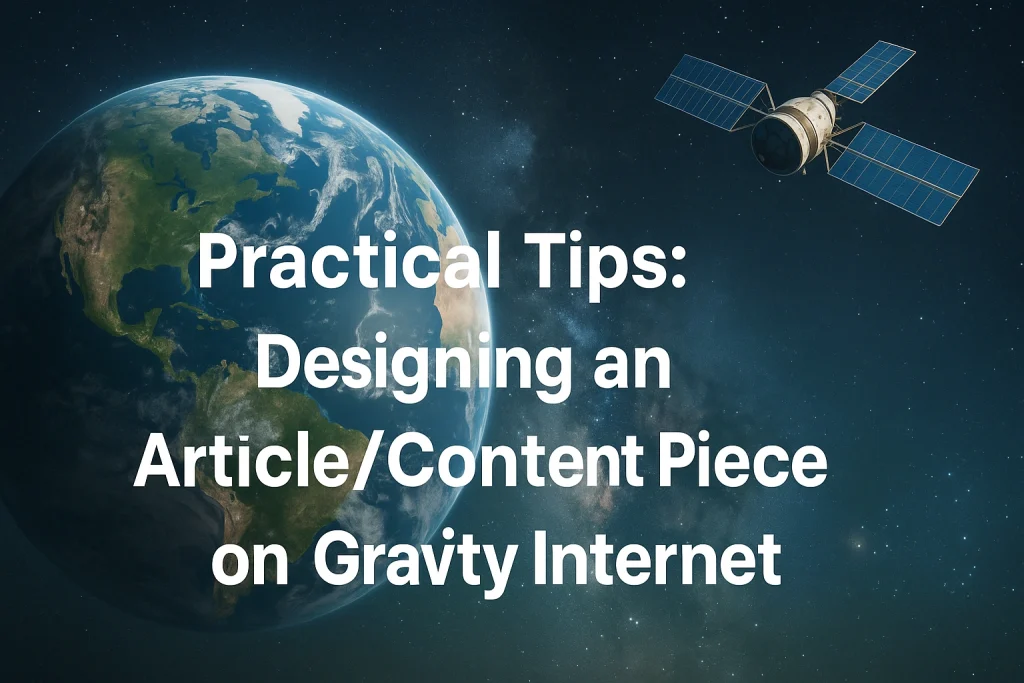
7.1 Pre-design checklist
Before you begin writing/designing:
-
Define target audience who reads on Gravity Internet.
-
Define the purpose informational, how-to, thought leadership.
-
Choose your main focus keyword e.g., design gravity internet.
-
Create an outline like the Table of Contents above.
-
Choose hero image, visuals, formatting plan.
7.2 Layout, calls-to-action and readability
Designing the article:
-
Use a hero image good quality, relevant.
-
Break body into 150-200 word paragraphs as recommended for readability.
-
Use subheadings H2, H3 that include keywords naturally.
-
Use bullet lists and tables (this article uses them) to ease scanning.
-
Include a call-to-action (CTA) at end: e.g., Join the contributor community on GravityInternet.net or apply these design strategies in your next article.
-
Ensure white space is sufficient — crowding reduces readability.
7.3 SEO & performance: what you need to embed
-
Use your focus keyword design gravity internet early within first ~10% of content.
-
Use semantic keywords e.g., intuitive design, design tokens naturally in sub-headings and body.
-
Ensure meta description and title are optimized as provided above.
-
Link to at least one credible external source for example, linking to a design system article on a reputable site or the Gravity Internet article itself.
-
Ensure images have descriptive alt text.
-
Ensure page load speed is reasonable optimize images.
-
Use internal linking if applicable link to other articles on Gravity Internet about design.
-
Use structured data if possible e.g., article schema.
Here is an example of external linking: According to a keyword research guide, SEO keyword research is the heart of SEO source: Design Rush. By linking to such credible sources you demonstrate authority.
8. Measuring Success & Iterating Design
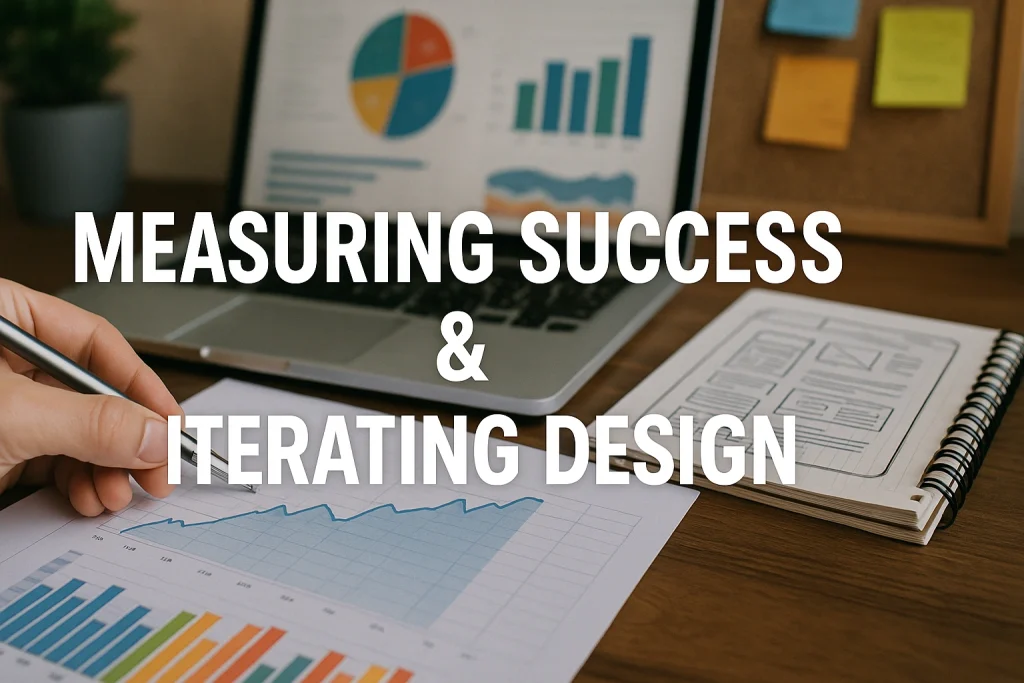
8.1 Analytics, engagement and feedback loops
Once published:
-
Monitor views, time on page, bounce rate.
-
Review comments / reader engagement on Gravity Internet.
-
Use heatmaps or scroll-maps if available (to see how users engage with your design).
-
Collect direct feedback (via comments or shares).
8.2 Iteration cycles and continuous improvement
Design and content are never done. Good contributors:
-
Update visuals/formatting every few months if metrics drop.
-
A/B test different layout formats (e.g., two-column vs single column).
-
Refresh images, update statistics, add new sections.
-
Use what you learn to make your next article better — you’re building momentum.
9. Case Study: How Gravity Internet Implements Design Tokens
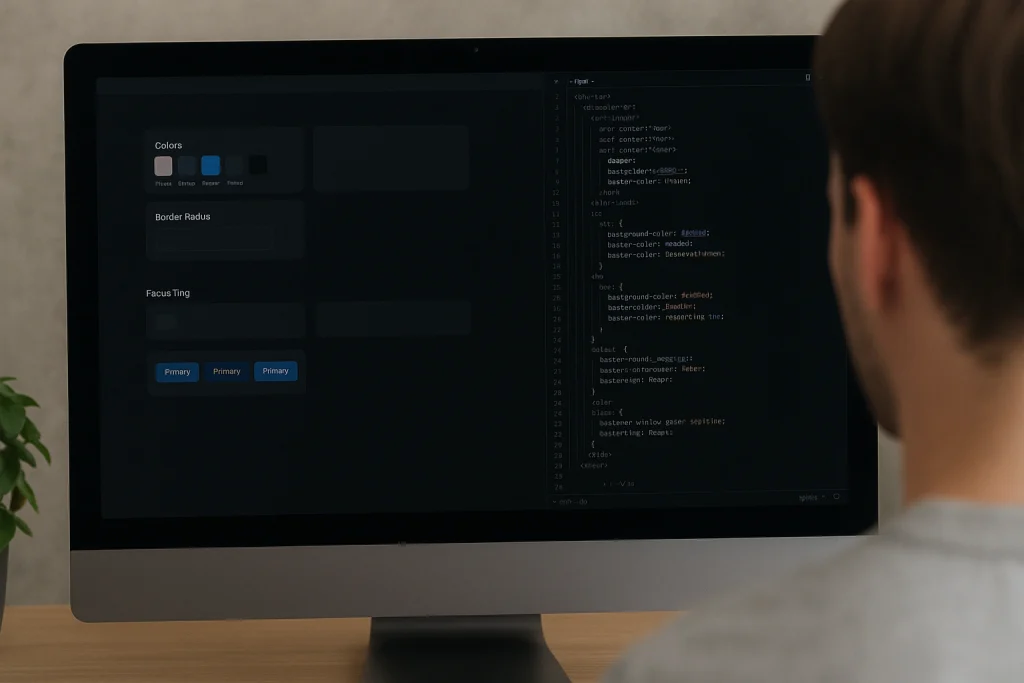
An article on design gravityinternet titled Creating Consistent Design Systems with Headless CMS and Design Tokens details how design tokens serve as the smallest units of a design system and integrate with a headless CMS for unified branding and cross-channel delivery.
Key points:
-
Design tokens (e.g., primary-color, font-size-large act as a single source of truth across different output channels.
-
A headless CMS separates content from presentation, making reuse across web, mobile, wearables easier.
-
For content contributors, the takeaway is: think modular, reusable and platform-agnostic when designing your article.
This case study exemplifies how “design gravity internet” in practice means aligning with forward-looking design architecture — not just simply formatting a blog post.
10. Conclusion and Next Steps for Contributors
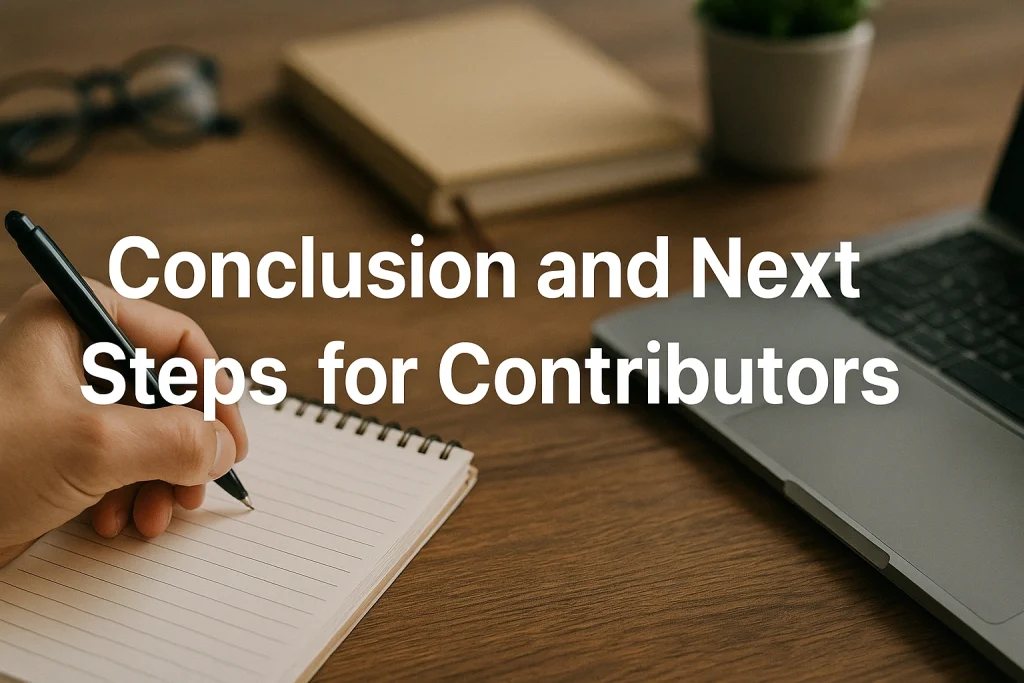
Designing for design gravityinternet extends far beyond aesthetics—it’s a strategic fusion of creativity, structure, and purpose. Each decision you make—from typography to UX layout—has the potential to shape how audiences perceive information, engage with content, and connect with the brand. True mastery ofdesign gravityinternet lies in balancing artistic expression with technical precision, ensuring every piece of content is visually appealing, accessible, and aligned with platform standards.
Throughout this guide, we explored how design on Gravity Internet integrates multiple disciplines:
-
User Experience (UX): Crafting intuitive layouts that guide readers effortlessly through the content.
-
Design Systems: Leveraging design tokens and modular components for scalable, brand-consistent outputs.
-
Accessibility: Making design inclusive, readable, and responsive across all devices.
-
Brand Identity: Ensuring every visual aligns with Gravity Internet’s professional and cohesive digital identity.
-
SEO Optimization: Embedding structure, keywords, and metadata naturally for visibility and ranking potential.
These elements form the foundation of a future-ready design strategy, one that supports both creators and the broader Gravity Internet ecosystem. Great design is not a single act but an ongoing process of refinement—testing ideas, analyzing performance, and evolving with audience expectations and platform innovation.
Actionable Next Steps
- Plan with Purpose: Define clear objectives for each design project. Whether your goal is engagement, education, or conversion, align your creative direction with measurable outcomes.
- Apply the Checklist: Revisit the practical checklist in Section 7 to ensure your next article or visual design adheres to UX, SEO, and aesthetic standards.
- Audit Past Work: Review previous articles or visual assets on Gravity Internet. Identify layout inconsistencies, outdated visuals, or readability issues—and redesign them for improved clarity and flow.
- Embrace Data-Driven Design: Use analytics tools to monitor user engagement, scroll depth, and interaction rates. Let data guide your design refinements.
- Iterate and Innovate: Treat each project as an opportunity to experiment. Test variations in colour schemes, visual hierarchy, or content structure while staying within the platform’s design framework.
- Stay Ahead of Trends: Continue learning about emerging tools and practices—such as headless CMS architectures, design tokens, and AI-assisted UX research—to maintain a modern, adaptable approach.
- Collaborate and Share Insights: The best design outcomes often come from shared creativity. Exchange ideas with other contributors, participate in design discussions, and learn from successful case studies within the community.
Final Reflection
The future of design on Gravity Internet will reward contributors who combine strategic thinking with creative empathy. By grounding your designs in usability, storytelling, and visual harmony, you not only enhance the platform’s value but also solidify your reputation as a professional designer who understands how aesthetics drive engagement.
Your next project isn’t just another article or layout—it’s an opportunity to demonstrate how great design can elevate content, inspire readers, and define digital excellence within the Gravity Internet ecosystem.
11. Additional Resources & References
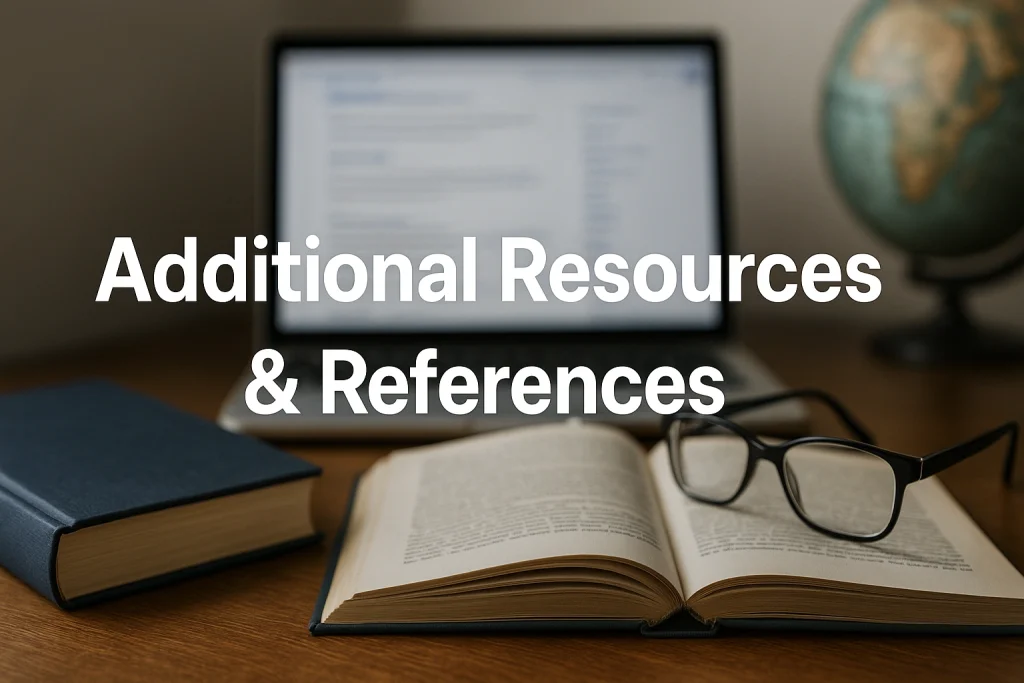
-
Design Rush: How to Do SEO Keyword Research.
-
Gravity Internet: Creating Consistent Design Systems with Headless CMS and Design Tokens.
-
Gravity Internet: Intuitive Design: Transform User Experience and Boost Brand Loyalty Today.
-
Gravity Internet: Design Constraints: Unlocking Creativity and Innovation in Your Projects. Gravity Internet
- Read More

